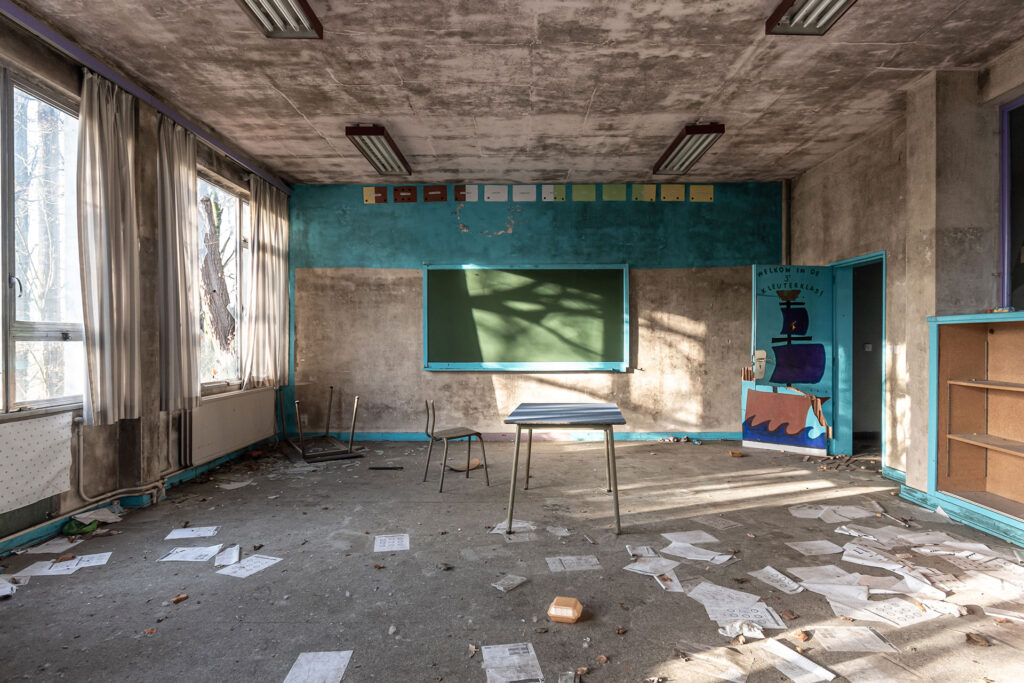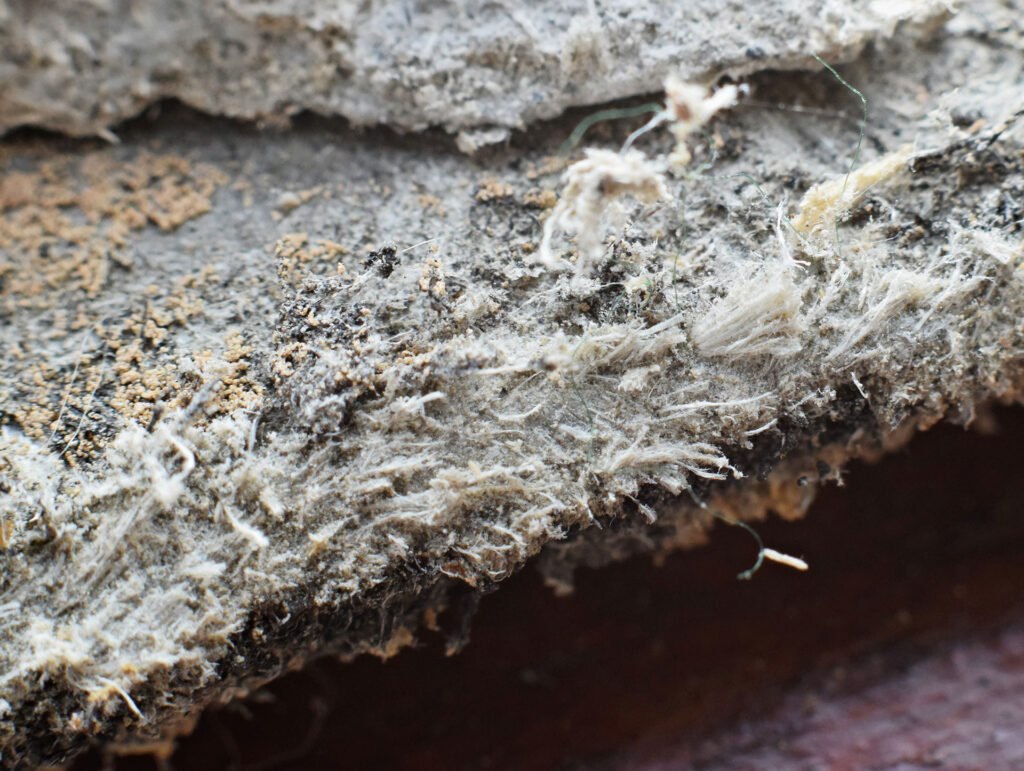The United States of America Environmental Protection Agency (EPA) stated in the 1980s that asbestos exposure was a possible problem in schools. From EPA research findings, the EPA found that about 15 million students and 1.4 million teachers had the potential of being exposed to asbestos fibers in almost 35,000 schools nationwide. However, the problem has not been addressed to any great extent.
Talk to an Asbestos Attorney If You’ve Been Diagnosed with an Asbestos-Based Disease
If you’ve been diagnosed with an asbestos disease, such as mesothelioma, the exposure may have come from a school where you worked, or it may have resulted from receiving your education in a building that contained the material. An asbestos attorney in Chicago can review your case and determine the source of your exposure. They can use this information, so you file a lawsuit for maximum compensation for your care.
Asbestos and the Closing of Schools
Asbestos in schools has led to school closures. For example, California’s Ocean View School District shut down three campuses when traces of asbestos were located in some classrooms. In response, pupils were transferred to other schools.
Despite EPA’s alarming results from its 1980 survey and subsequent passage of AHERA, the issue of asbestos continues to be a problem in schools currently. For instance, a church-affiliated preschool in Arlington, Virginia was closed down due to concerns over asbestos contamination.
These types of worries break down trust between families and community institutions of learning.
Exposure and Compliance
Moreover, research shows that mesothelioma affects teachers twice as often as the general population. Compliance with the Asbestos Hazard Emergency Response Act of 1986 is minimal as well. This legislation requires the management and inspections of school buildings that contain asbestos.
For example, Massachusetts had violations regarding inspection certificates. About 90 percent of schools failed to train employees properly or notify parents about threats posed by asbestos.
The Scope of the Issue
Because the problem has not been seriously addressed, the extent of the asbestos problem is still unknown. The most recent activity about the scale of the issue was sought by Senator Edward Markey (D-Mass) and Senator Barbara Boxer (D-Calif.) on March 31, 2015. At that time, they wrote to all 50 governors in the US asking for more details on asbestos in state schools.
Given its fibrous and microscopic nature, asbestos can be quite problematic when disturbed. Unfortunately, this problem has continued unabated for years with little intervention from Federal authorities. Across America, schools still struggle with degrading structures and the hidden perils connected with asbestos materials.
How Time Worsens the Problem
Many schools built before 1980 are believed to have contained asbestos. During this period, the mineral was widely used in construction materials such as floor tiles, ceiling panels, and insulation. With time, school buildings become old and dilapidated, making it easier for asbestos fibers to be released into the air. School staff and students end up being at an increased risk for an asbestos-based disease.
An EPA risk assessment conducted in 1980 shows children have higher breathing rates than adults. They also have greater activity levels in closer proximity to the floor. Therefore, they can inhale larger concentrations of airborne fibrils than grown-ups.

Financial Burdens in School Systems
Addressing asbestos in schools is a matter of public health and a significant financial challenge for school districts. The cost implications for abatement are burdensome, often robbing educational institutions of essential funds that would go towards enhancing teaching and learning.
A Lack of Adherence
Under AHERA of 1986 or the Act on Asbestos Hazard Emergency Response Act, all private and public schools are required to frequently inspect buildings for the presence of asbestos fibers, and develop management plans upon the identification of any potential hazards. Nevertheless, compliance with these regulations poses challenges.
The lack of government supervision and unavailability of easily accessible information on school asbestos inspections have restricted the extent to which people may address abatement.
The Human Toll: Taking a Look at the Stats
Apart from being an economic burden, the asbestos problem in schools has inflicted considerable suffering on students, teachers, and other staff concerning their health.
You only have to look at some of the stats concerning the disease of malignant mesothelioma. For instance, a child who is exposed to asbestos at five years old has a lifetime risk of developing mesothelioma – about 3.5 times higher than an adult exposed at 25 years of age. They have about five times the chance of getting mesothelioma than an adult exposed at 30 years old.
School Asbestos Management Plans: How They’re Supposed to Be Set Up
Under the AHERA, a school’s asbestos management plan should include the following outline:
- Have the contact information of a trained or designated person to manage asbestos-related actions in the school system.
- Implementing inspection protocols, including details of a credentialed asbestos inspection/abatement company.
- Sharing how schools plan to control asbestos and prevent exposure.
- Detailing how the school will inform the public about asbestos inspection and the availability of current management plans.
- Keeping records of asbestos-related activities.
The person designated for asbestos planning should be able to answer all questions about inspections and abatement.
Federal US Waiver and Non-Waiver States
The EPA has the responsibility of performing AHERA compliance inspections in most states.
There are 12 “waiver” states that manage their asbestos school programs and nine “non-waiver” states that perform their inspections under EPA enforcement.
According to an EPA 2018 report from the agency’s Office of Inspector General, the schools in “waiver” and “non-waiver” states completed 87 percent of mandatory asbestos inspections from 2011 to 2015. States under federal jurisdiction performed a mere 13 percent of required inspections, with an average of 28 inspections performed in each of the 29 states.
A “waiver” state is a state that is granted an okay by the federal government to waive certain mandates of the federal law for asbestos inspections and ABCMs (asbestos-containing materials).
One report revealed that it would cost $2.2 billion to get 307 public school buildings, in Rhode Island alone, into safe condition. Unfortunately, AHERA programs are not well-funded.
Talk to an Asbestos Lawyer Today
Have you been exposed to asbestos and have been diagnosed with an asbestos-based disease? If so, you need to contact an asbestos attorney right away. Know your rights so you can receive maximum compensation for your medical care and damages like pain and suffering. Schedule a free case review with an experienced asbestos lawyer today.



